NEW YORK
GRAFFITI
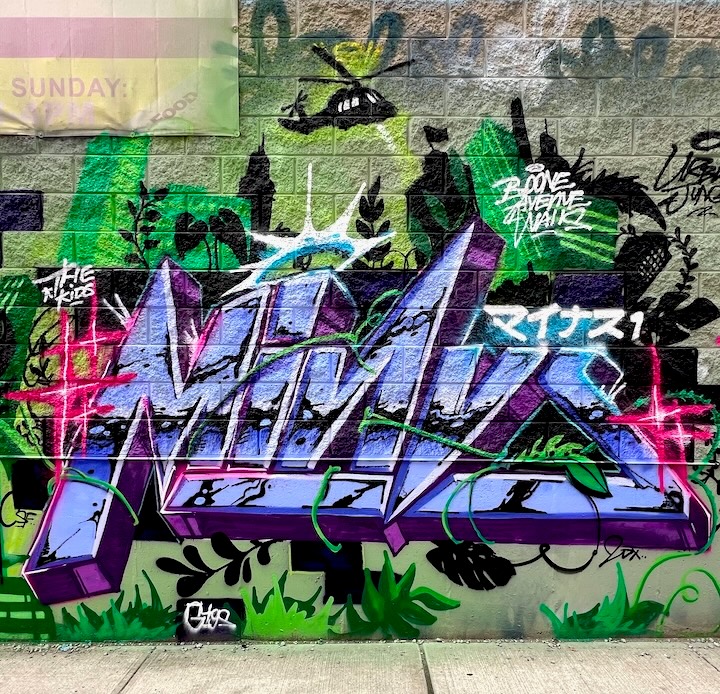
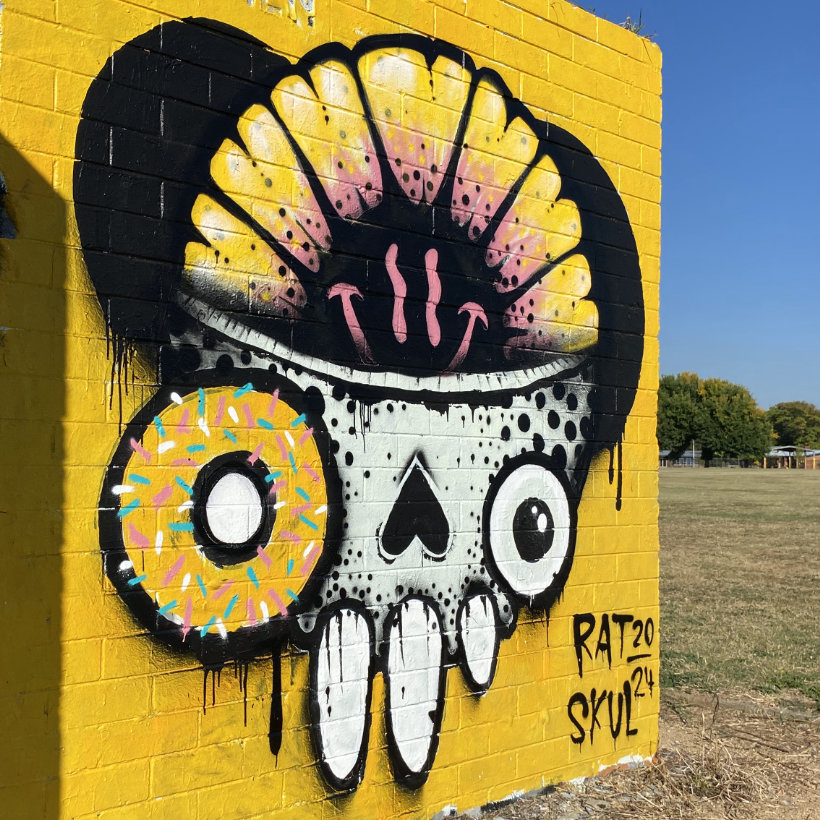

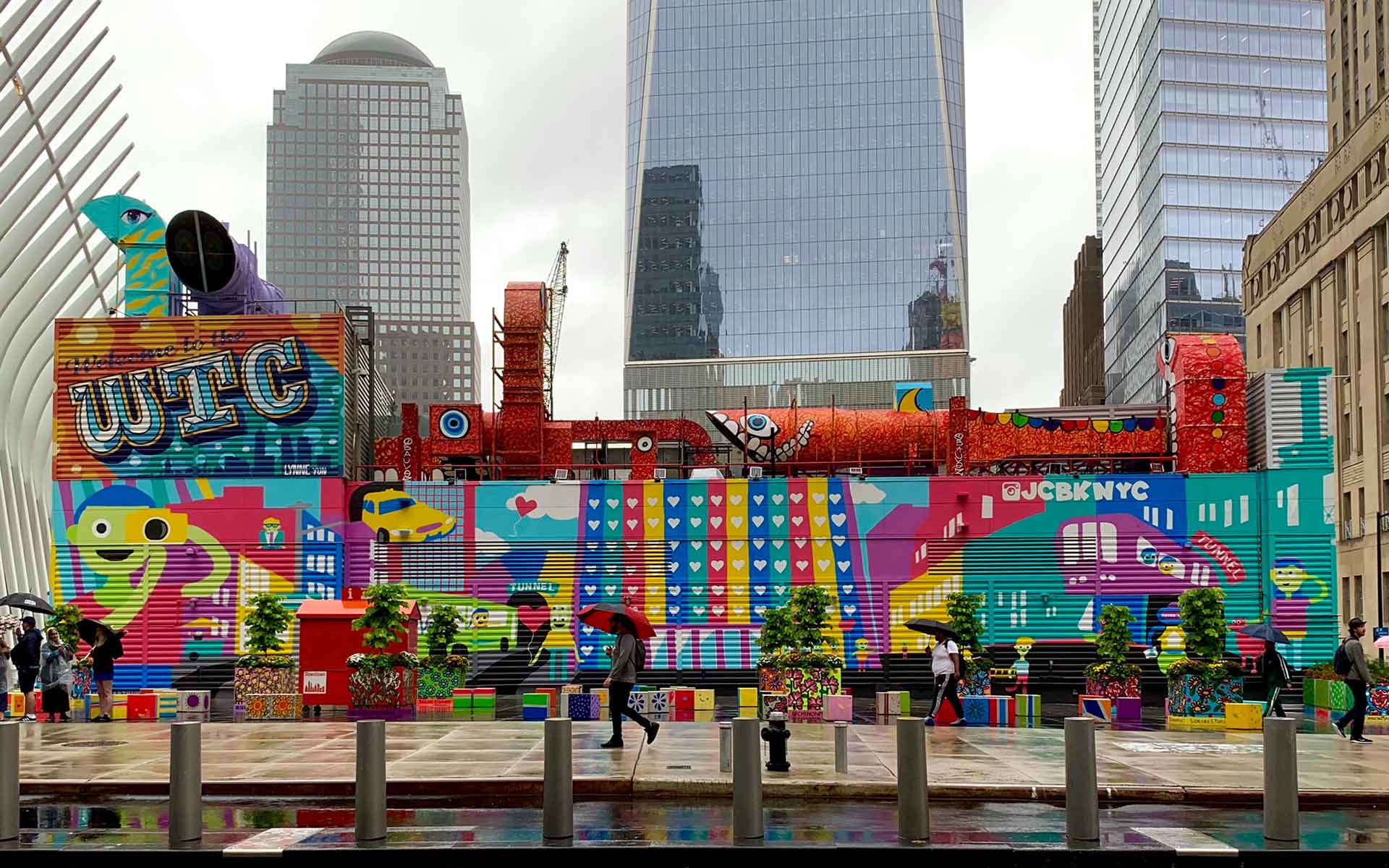
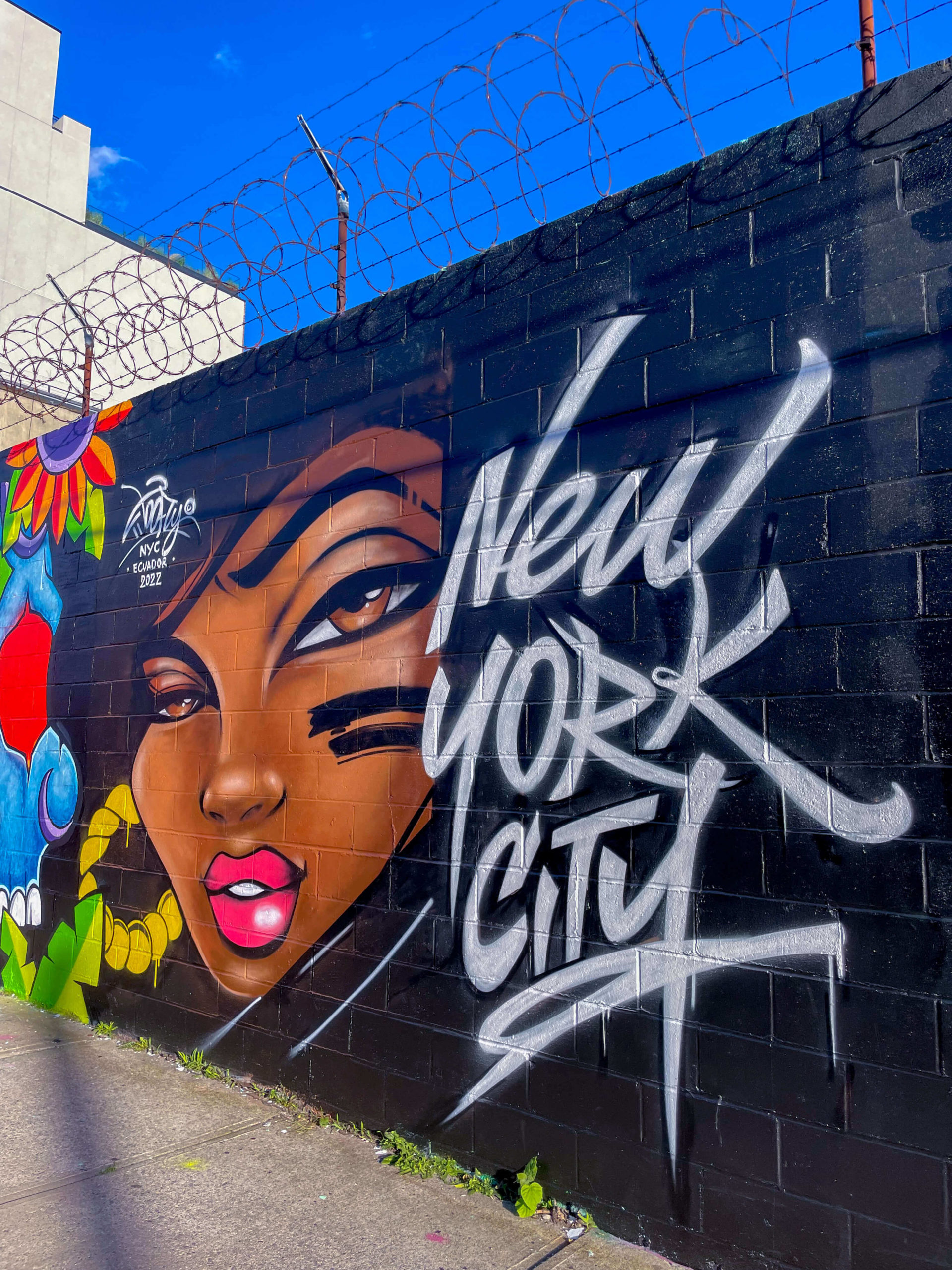


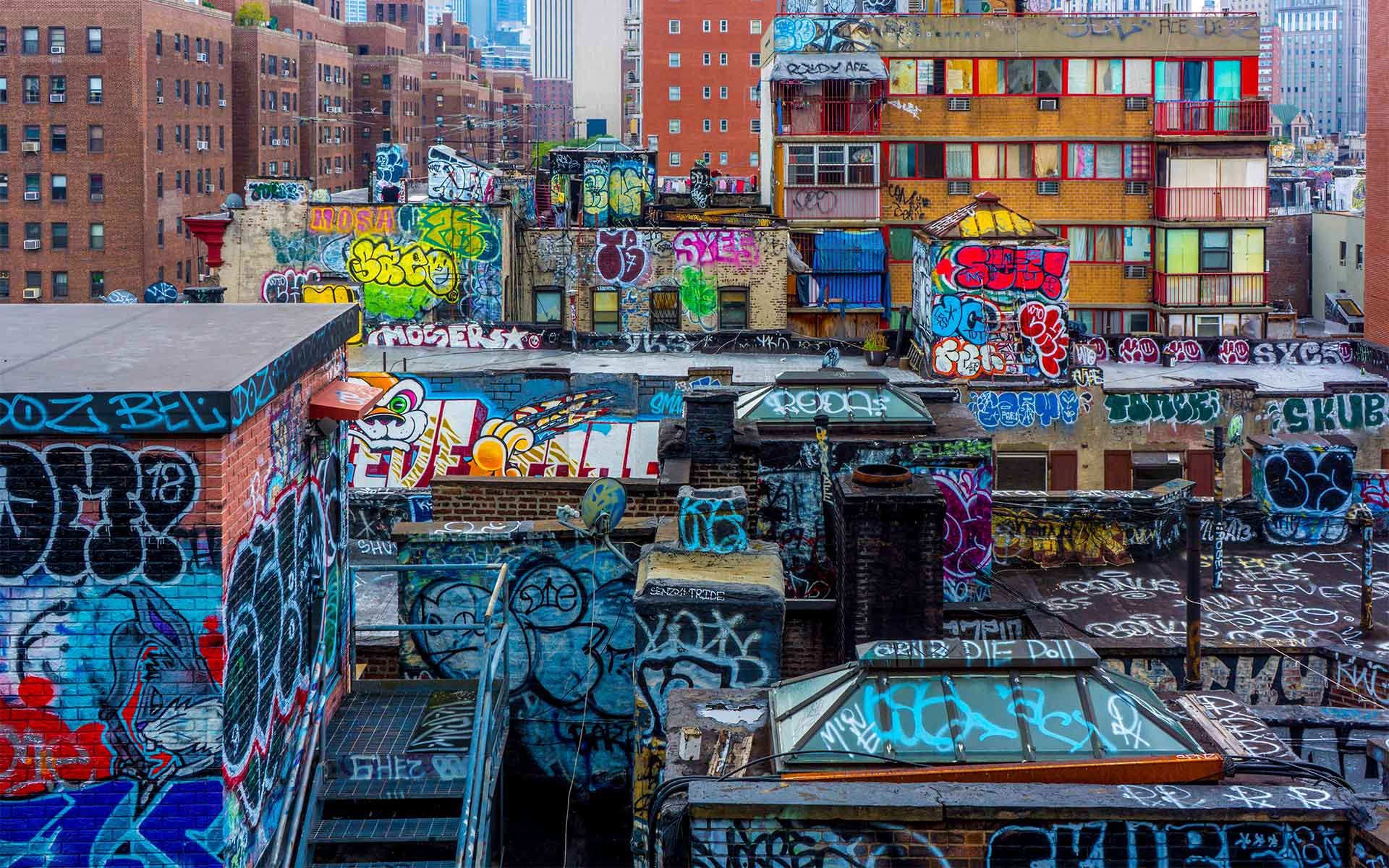
Growth of Graffiti Culture in New York
The growth of graffiti culture in New York City began in the late 1960s as a form of artistic rebellion amidst a period of social change and artistic revolution. By the early 1970s, the movement gained momentum with pioneering figures like TAKI 183 and Tracy 168, who popularized tagging and "bombing" subway trains, allowing their creations to traverse the city. This period saw the emergence of vibrant styles such as "bubble lettering" and "wildstyle," and the movement flourished despite intensified efforts by authorities to suppress it. By the 1980s, graffiti had become a dynamic and competitive form of self-expression, with artists like Dondi, Seen, and Lady Pink pushing the boundaries of the medium.
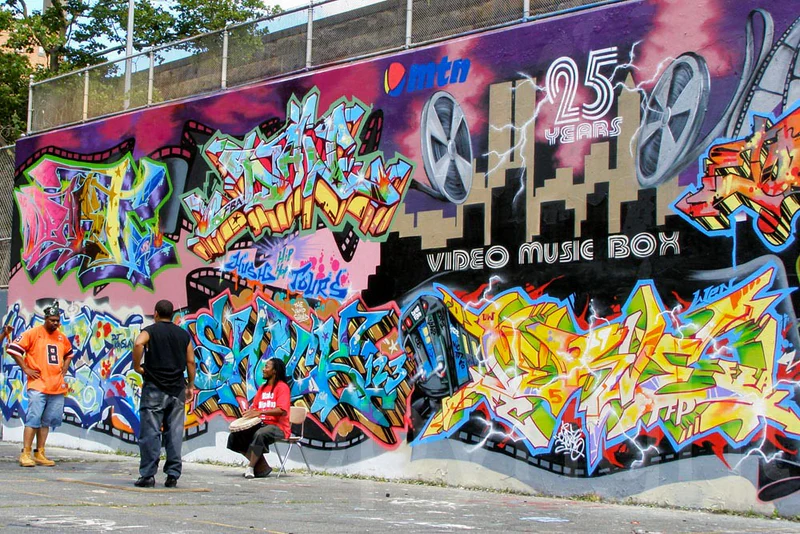
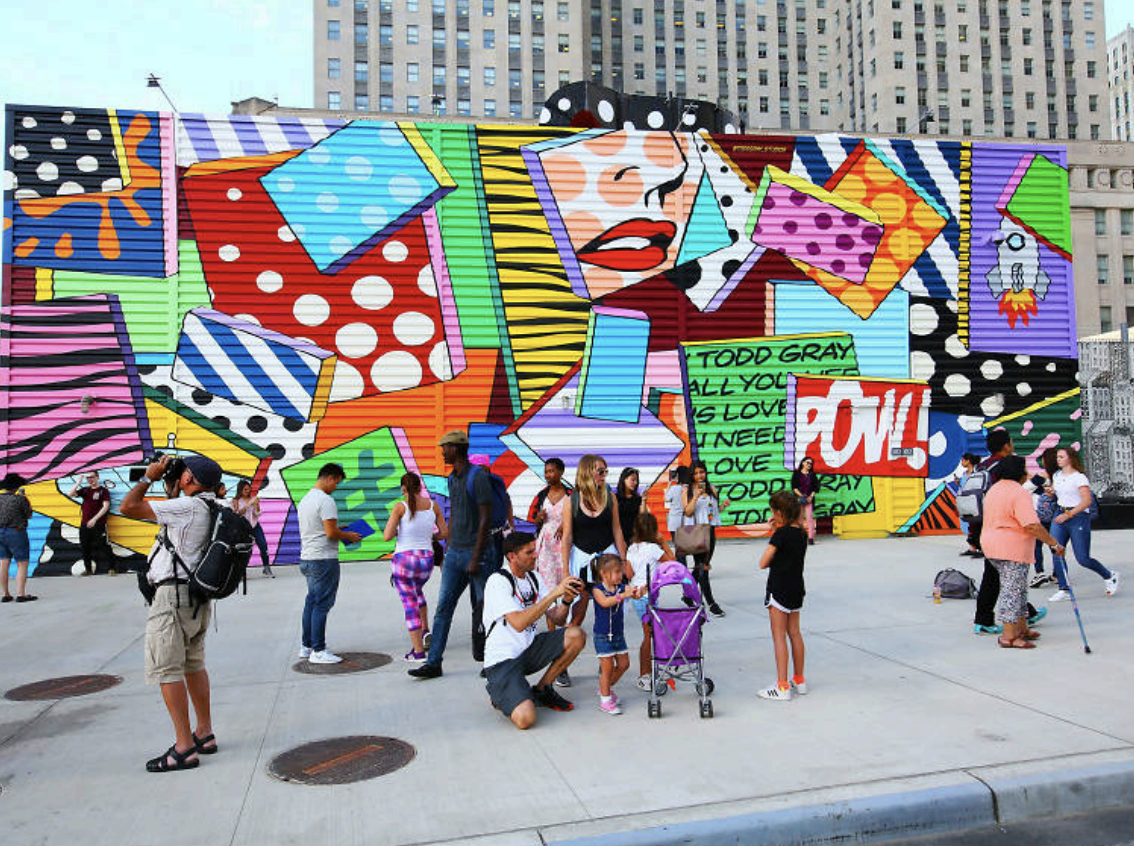
Decline of NYC Graffiti Culture
The decline of graffiti culture in New York City began in the 1980s, primarily driven by increased police surveillance and security measures such as razor wire and guard dogs, continuous cleanup efforts, and the city’s crackdown on what was perceived as vandalism. The implementation of these measures, combined with initiatives like the Clean Train Movement by the New York City Transit Authority (NYCTA) from 1985 to 1989, significantly reduced the prevalence of graffiti on subways. Additionally, the 1995 establishment of the Anti-Graffiti Task Force by Mayor Rudolph Giuliani marked one of the largest anti-graffiti campaigns in U.S. history, further diminishing the subculture's visibility. Economic and social changes, such as the crack epidemic, also contributed to a more hazardous environment, pushing graffiti artists away from public spaces.
Clean Train Movement Era
The Clean Train Movement era in New York commenced in the mid-1980s, culminating in 1989, with the Metropolitan Transit Authority's concerted efforts to eradicate graffiti from subway trains. Spearheaded by David Gunn, the movement employed a rigorous policy of removing any marked subway cars from service, symbolizing a broader campaign to rehabilitate the city's transit system by addressing both aesthetic and functional issues. This initiative marked the end of graffiti-covered trains, driving graffiti writers to seek alternative canvases and significantly transforming the urban art landscape.
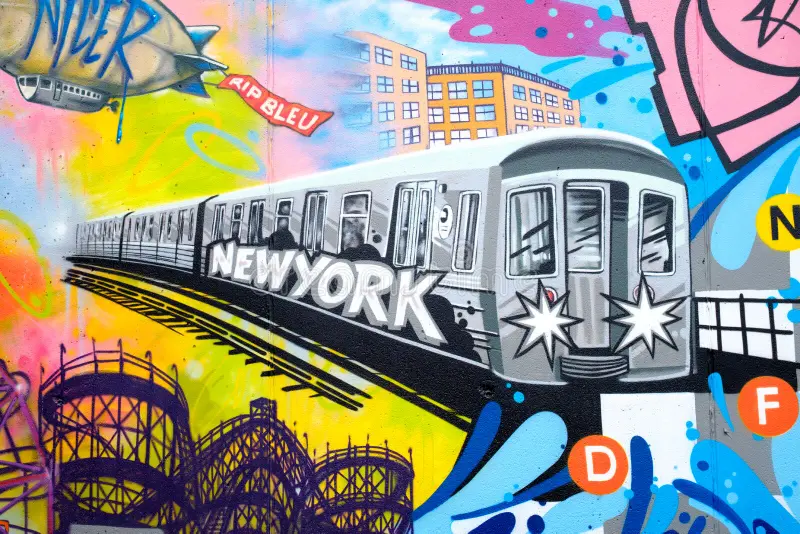
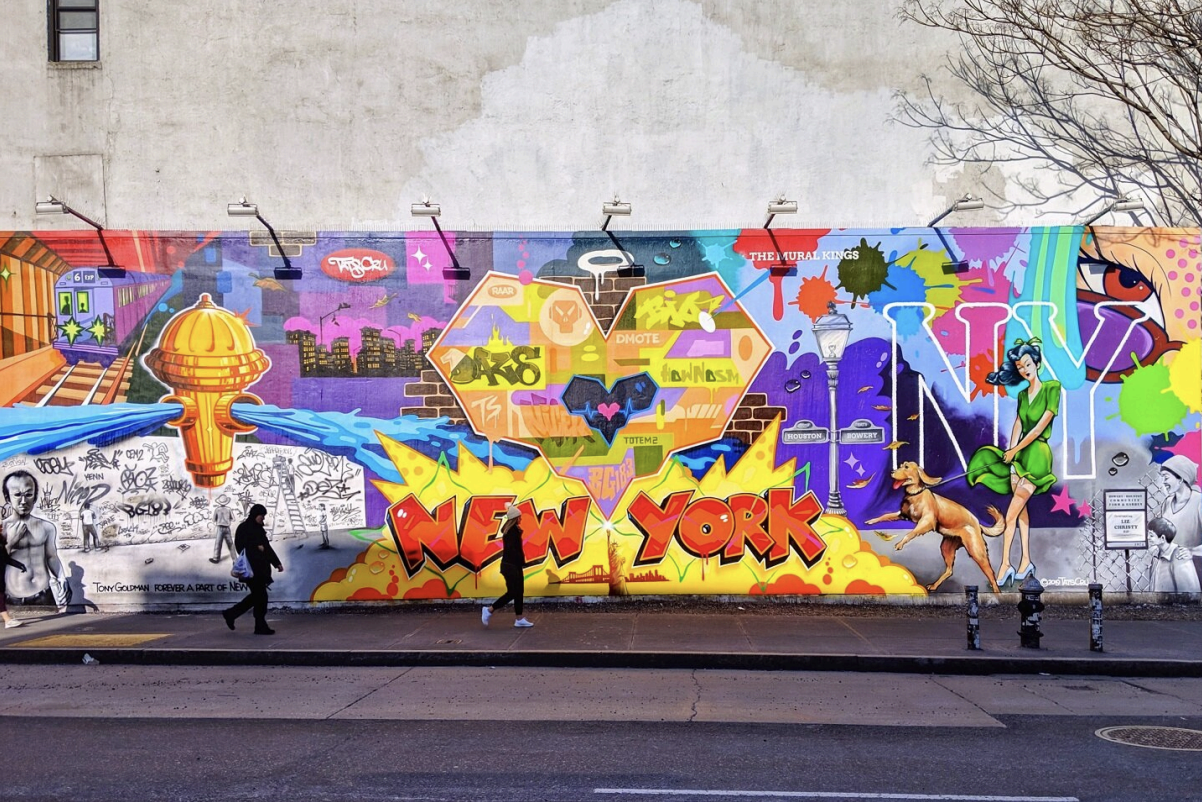
Graffiti in Media
The impact of graffiti across various media forms is profound and multifaceted, encompassing cinema, music videos, video games, fashion, and advertising. In cinema, films like "Style Wars" and "Wild Style" have documented the graffiti movement's cultural significance and aesthetics, while contemporary films such as "Infamy" delve into its darker, compulsive aspects. Music videos often leverage graffiti as a visual representation of the rebellious and expressive energy of genres like hip-hop. In the realm of video games, graffiti enhances immersive storytelling and atmospheric depth, serving both as a thematic element and a tool for environmental storytelling. Fashion and advertising have appropriated graffiti’s bold visuals and subversive appeal, influencing streetwear designs and innovative marketing campaigns while sparking debates about commercialism and authenticity within the graffiti subculture.